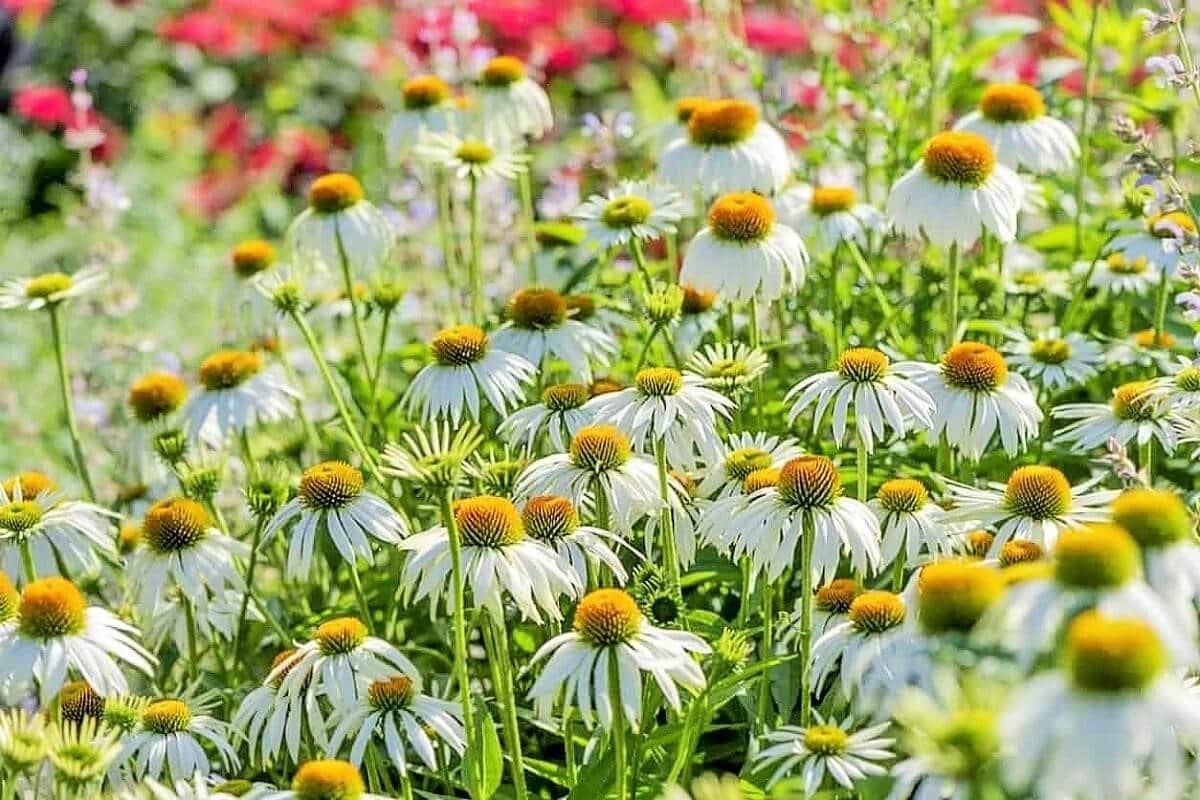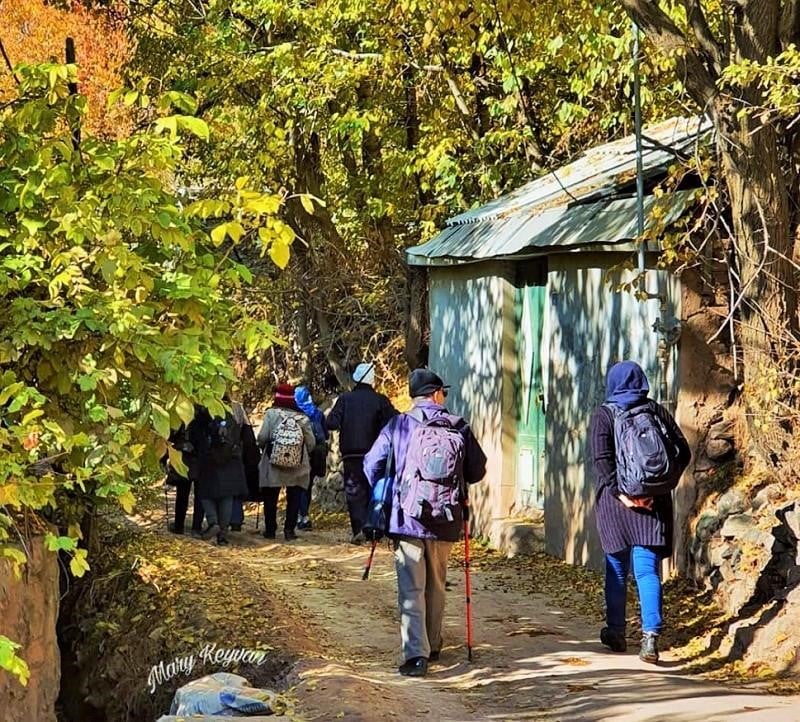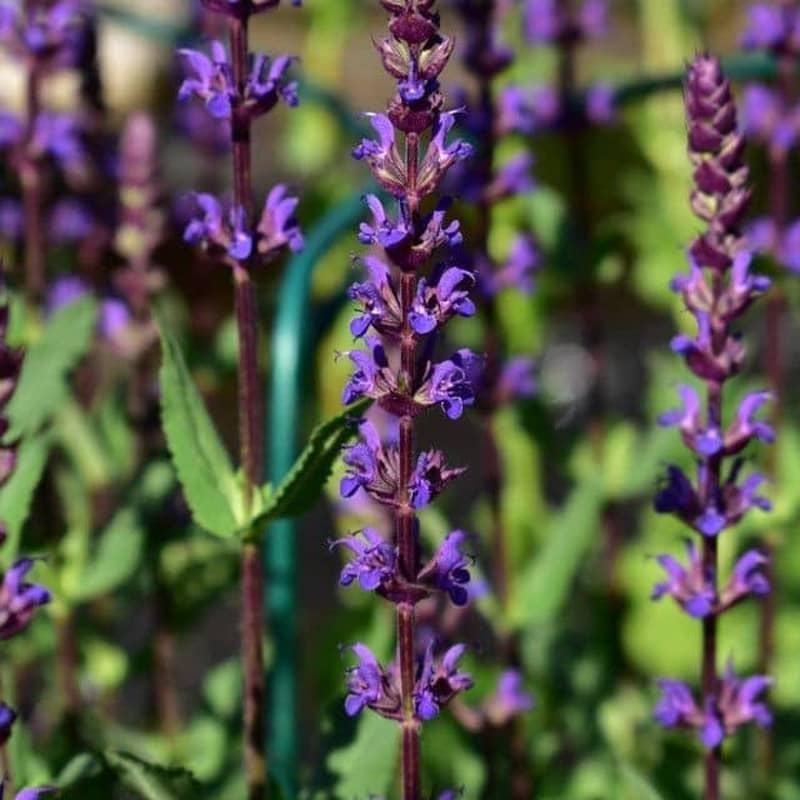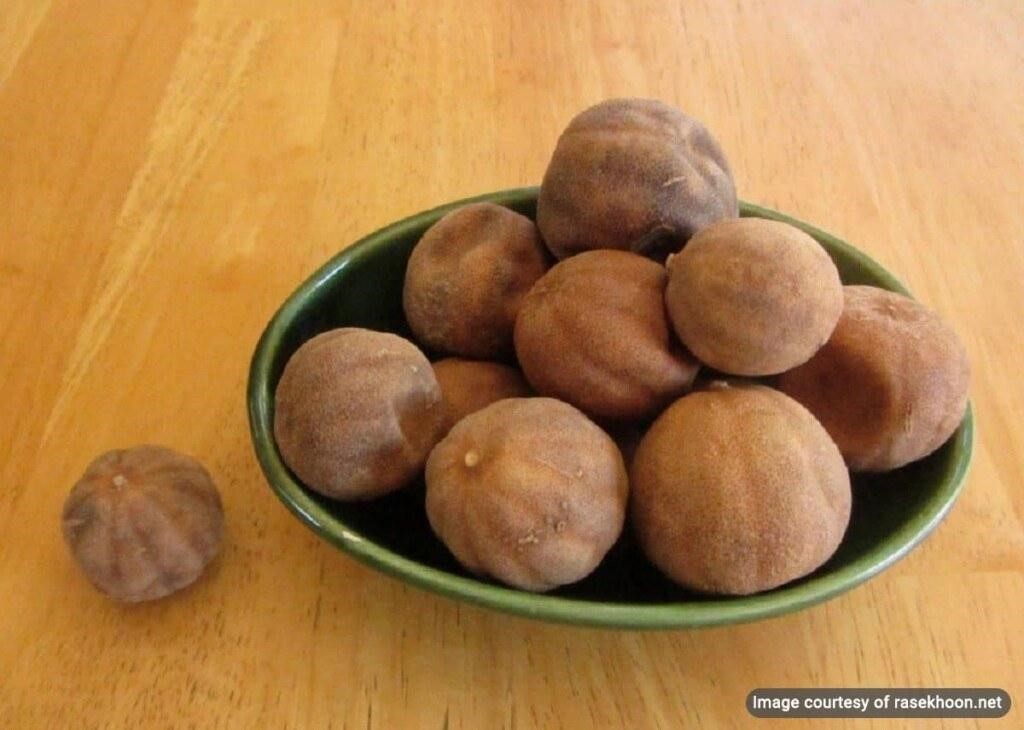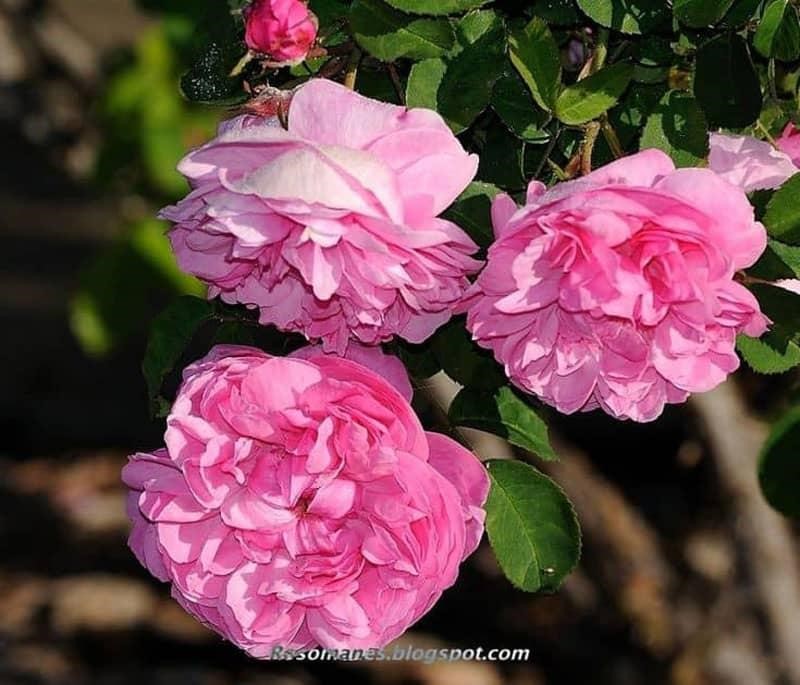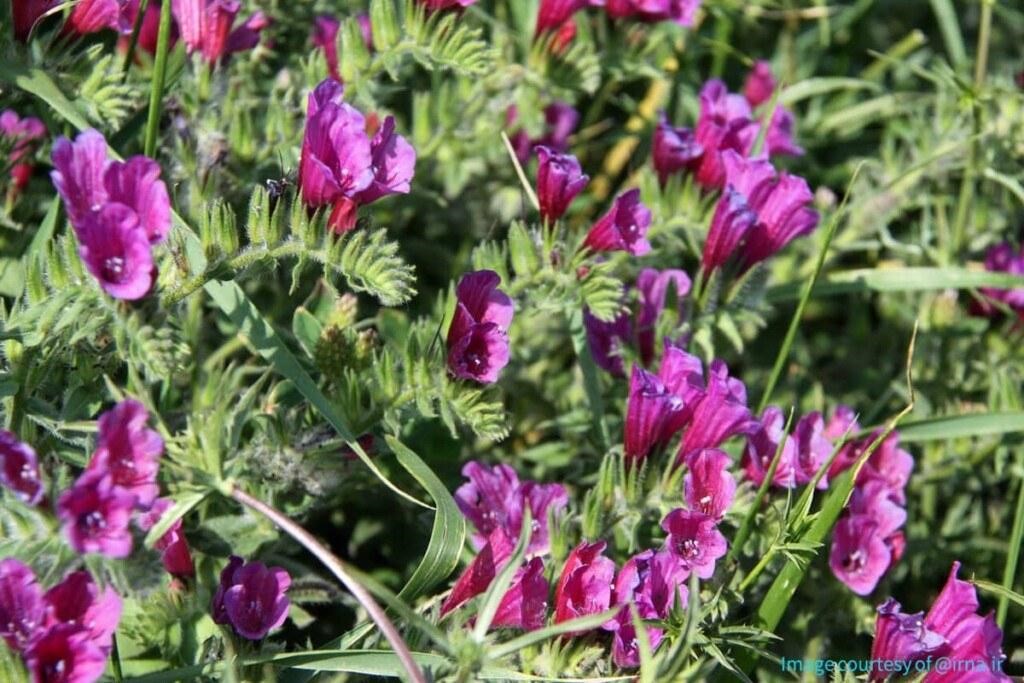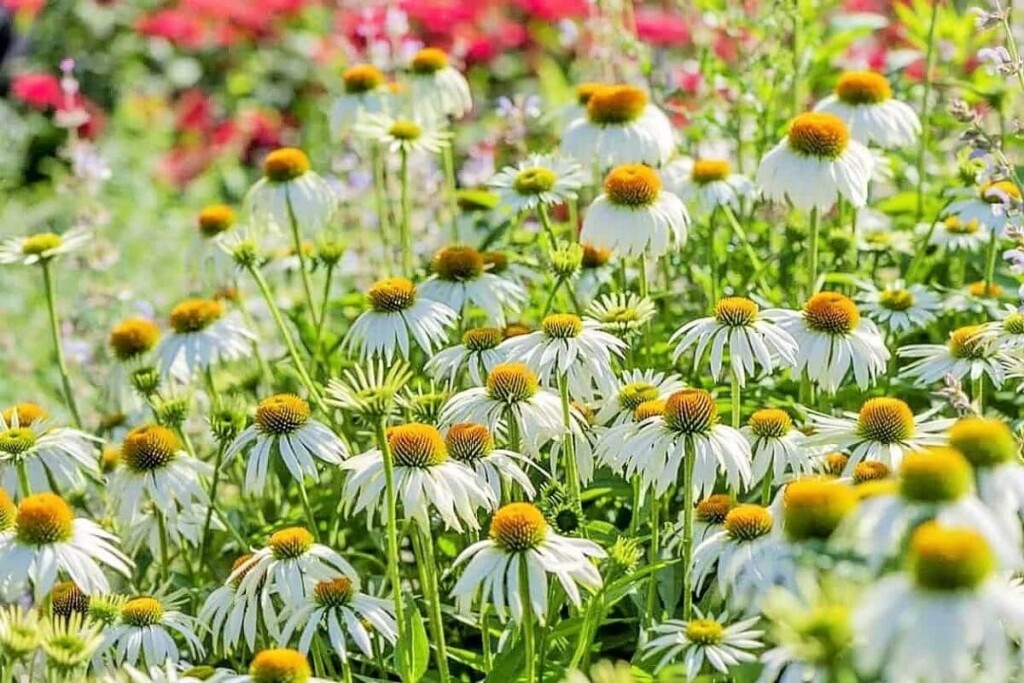
In ancient times, the medicinal properties of some plants were known and Iran herbs were used as medicinal remedies. For this purpose, parts of the plant, such as roots, leaves, flowers, etc., were collected and used in Iranian traditional medicine for treatment. Various species of medicinal herbs naturally grow in different regions of Iran. They are supplied in almost the same way in most places and are sold at Attari (Apothecary) or by the Hakim (traditional physician). Meanwhile, there have been unknown plant species that grew in certain areas of Iran. The locals used to collect these rare herbs and sell them at a higher price or in small quantities.
Information about medicinal herbs, such as how to use them, has been passed down from generation to generation and person to person through the teachings of experienced practitioners. For a long time, medicinal herb businesses were a major part of Iran’s health sector and economy. In recent years, apothecaries and wholesalers have supplied the market with traditional Iran herbs for food, health and fitness, and medicinal purposes.
The History of Common Traditional Iran Herbs
Human life, like other beings, is highly dependent on the surrounding environment. For this reason, traditional herbs and their medicinal products can be used to maintain health and treat diseases and chronic health issues. Humans have long sought to identify different species of medicinal herbs in order to identify useful and harmful plants and discover their potential applications.
Over time and with the progress of science, the benefits of many traditional herbs were discovered, and with extensive research, some mysteries of the botanical world were revealed. In addition, with the expansion of social communities and interaction between different cultures and nations, knowledge of traditional herbs is shared throughout the world. In the modern world, with the increasing demand for medicine, the market for traditional medicinal herbs has become increasingly prosperous. In continuation of this process, the international exchange of such herbs expanded and developed.
Today, herbal medicine products are shipped around the world. Therefore, it is difficult to identify all available herbal products. There are around 2,300 identified species of Iran herbs, out of which 450 species of Iranian medicinal herbs are available on the market.
Usually, medicinal plants are transported in raw and unprocessed form. In some countries, these plants are converted into intermediate goods or final products and exported again. It is interesting to know that some countries that export these raw materials end up importing the final product or intermediate goods from the original importer.
In addition, there are stores in Iran that sell the most common Iranian medicinal herbs in packages, along with other products. There are private companies that specialize in supplying medicinal herbs. They are usually based in Tehran or other large cities and conduct large-scale distribution of Attari products. Their offices also export Iran herbs and herbal medicine products to other countries.
Who Is a Pileh-var and How Are Herbal Products Made?
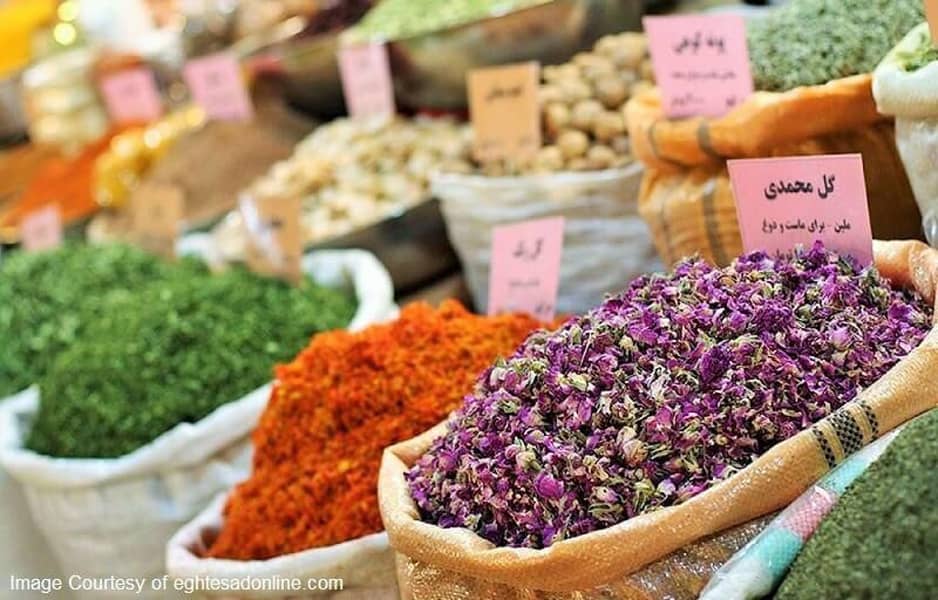
Some herbs are collected from pastures and some are cultivated in farm fields. Some of the herbs can grow in various climates. The act of collecting these medicinal plants is done by someone called “Pileh-var” which roughly translates to herbalist.
Pileh-vars are often farmers, herdsmen, or from nomadic tribes who collect medicinal herbs during certain seasons of the year. They dry these herbs with a very traditional method on the rooftops and lands near the villages. Sometimes other plants or weeds are collected with the herbs.
In addition, medicinal plants are also contaminated with other substances during the traditional drying process. As a result, low-quality products are sent to the market. In some cases, these tainted products are cleaned by people hired by the distribution companies and then supplied to the market.
Most of the time, Pileh-vars do not sell medicinal herbs on the market. They are supplied to the customers through brokers or intermediaries. The dried products are presented in small sacks made of Fustian fabric. Also, saps and other liquids are stored and marketed in containers called “Pit” or large cans made of galvanized iron.
In some factories located in Tehran and other cities, the process of sorting, cleaning, and separating the weed from herbs is automated using machines. These machines are rather rudimentary devices that are designed for sorting medicinal herbs. During the sorting, different components of medicinal herbs are also extracted. Powdered herbs which contain impurities that are difficult to extract are sold at a cheaper price.
In addition to that, there are other factories that extract the essences and extracts of medicinal plants with more advanced machinery. The factories active in Iran are both in private and public ownership.
Introducing The Most Common Traditional Medicinal Iran Herbs
Many past scientists, including Abu Ali Sina, have introduced medicinal herbs in their writings based on the Abjad writing system. In the second volume of Abu Ali Sina’s “The Canon of Medicine”, the method of picking and preserving medicinal herbs is described in detail.
In addition to that, Abu Rihan al-Biruni has listed over 4500 medicinal herbs with a thorough description of their applications with a scientific approach in two volumes of the book titled “Saydaneh fe Teb” or Pharmacy in Medicine.
At any rate, in this article, we will introduce a number of famous Iran herbs:
Avishan (Thymes)
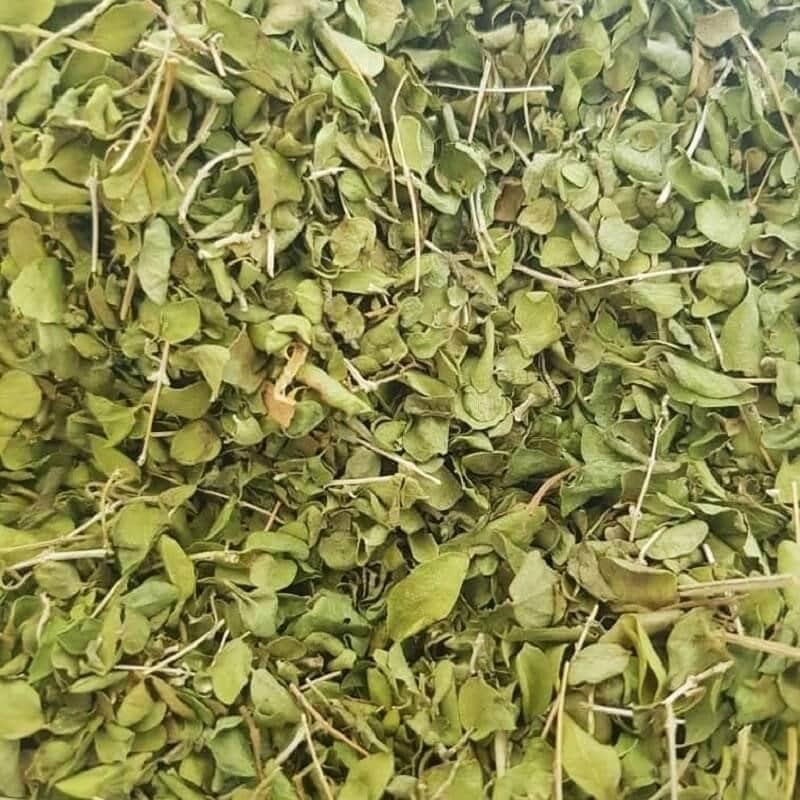
Thyme or Avishan/Absham in Persian is one of the most common traditional medicinal herbs in Iran. it is a plant from the Lamiaceae or mint family and is very fragrant. The mentioned plant is found in most mountain regions in Iran in the form of small cushion-shaped bushes.
There are different types of thyme, including Barik (narrow) thyme and Shirazi thyme. Another sub-species of thyme called garden thyme or European thyme is also cultivated in Iran. Each sub-species of thyme has its own benefits. In cooking, thyme powder is used as a seasoning.
- Medicinal effect: Thyme tea and thyme infusion are used to relieve sore throats, bloating, and stomach pain, as well as relieve joint pain. Thyme incense is also useful for curing the symptoms of the common cold.
Espand
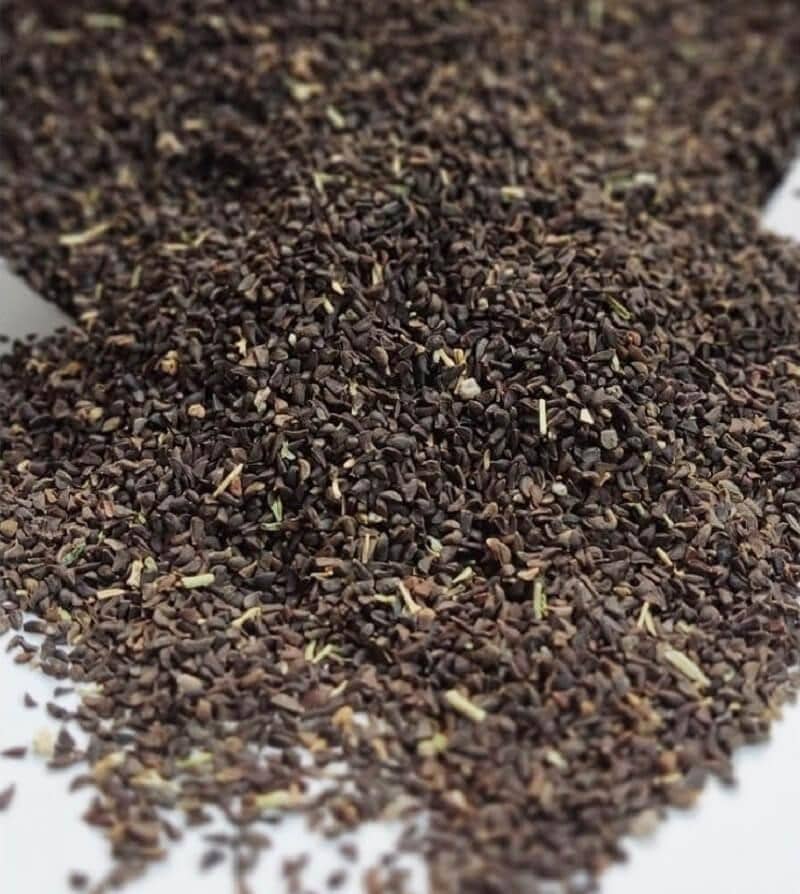
Espand or Esfand is known in the West as Wild Rue, Syrian Rue, or African Rue. It has small dark brown or black seeds. The mentioned plant has a shape like a prism and has a pungent smell with a very bitter taste.
Espand is usually placed on coal to create an aromatic smoke. In terms of appearance, the Espand plant has white five-leaf flowers. This is a wild plant with a blue-green color that can be found in Iran’s farming fields, especially fallow farms.
- Medicinal effect: Espand is used as a disinfectant herb and its oral consumption is prohibited due to its toxicity.
Babooneh (Chamomile)
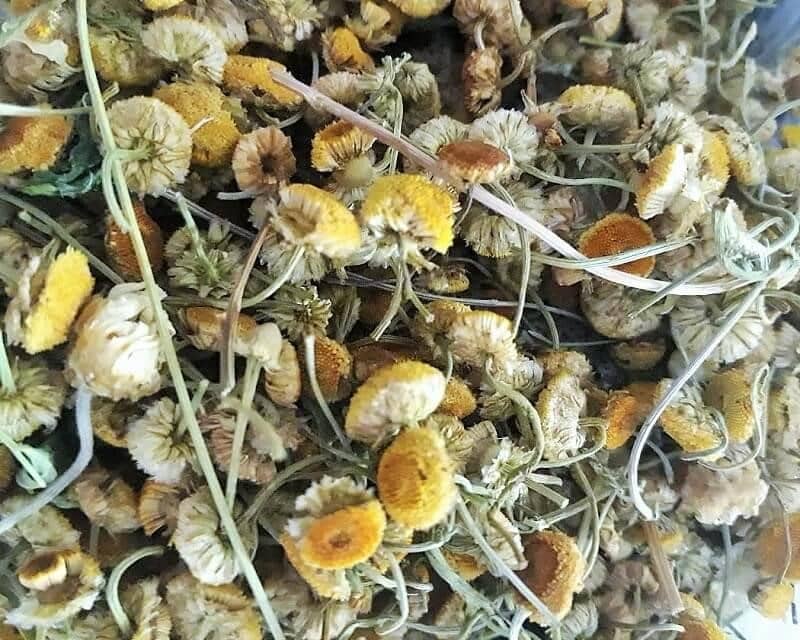
Chamomile is one of the most common medicinal herbs in traditional Iranian medicine, which grows in the wild in many regions of Iran. The mentioned plant has flowers with white petals and a yellow button-shaped stigma. It is usually the stigmas that have medicinal properties.
- Medicinal effect: Chamomile is used as an anti-hemorrhagic medicine, stomach tonic, disinfectant, immunity booster, and detoxifier. Also, applying it to hair creates a beautiful golden shade.
Badam Talkh (Bitter Almond)
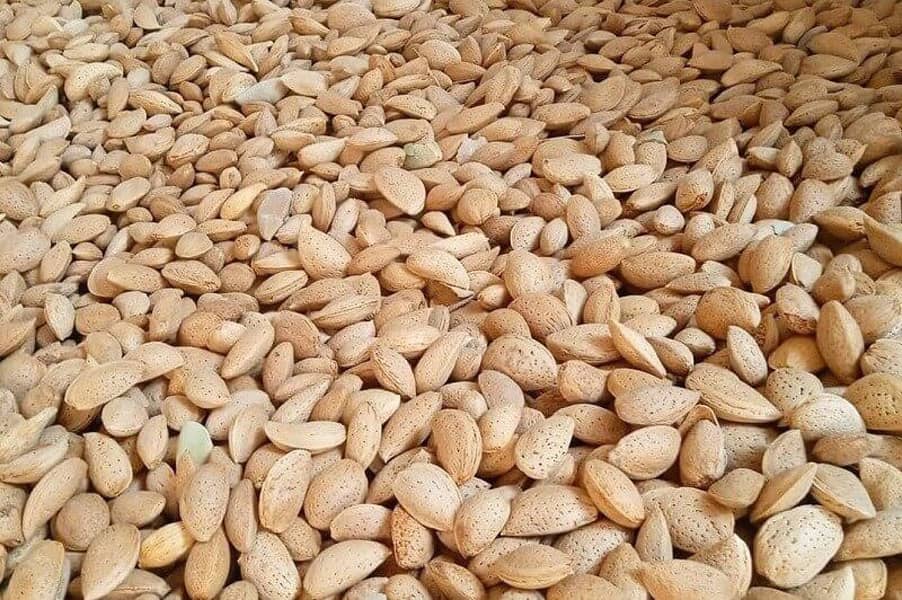
This type of almond is a gray fruit with a hard and smooth shell slightly smaller than regular almonds. Bitter almond grows in the northwest and central regions of Iran and belongs to the rose (Rosaceae) family. The seeds of this almond are too bitter for fresh consumption. After removing the bitterness by dry roasting, they make for very healthy snacks.
- Medicinal effect: Bitter almond is used as a mild sedative and pain reliever, cough medicine, and laxative. This almond is also used in skincare and cosmetic products and is a major export item.
Pooneh (Pennyroyal)
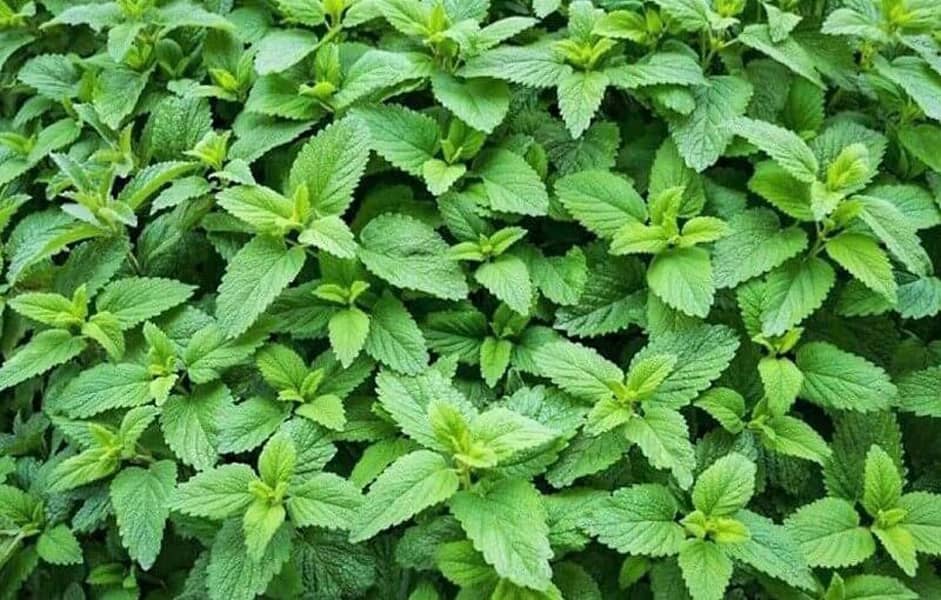
Pennyroyal is one of the medicinal Iran herbs from the mint family and its various sub-species can be found near water, especially near streams and gardens. Among the characteristics of Pennyroyal, we can mention its square stems, serrated leaves with a fluffy and dusty silver-green surface, and blue flowers. The mint odor can be smelled from all parts of this plant.
- Medicinal effect: Fresh and dried Pooneh and Araq-e Pooneh (distilled extract) are used to relieve bloating and stomach pains.
Green Tea
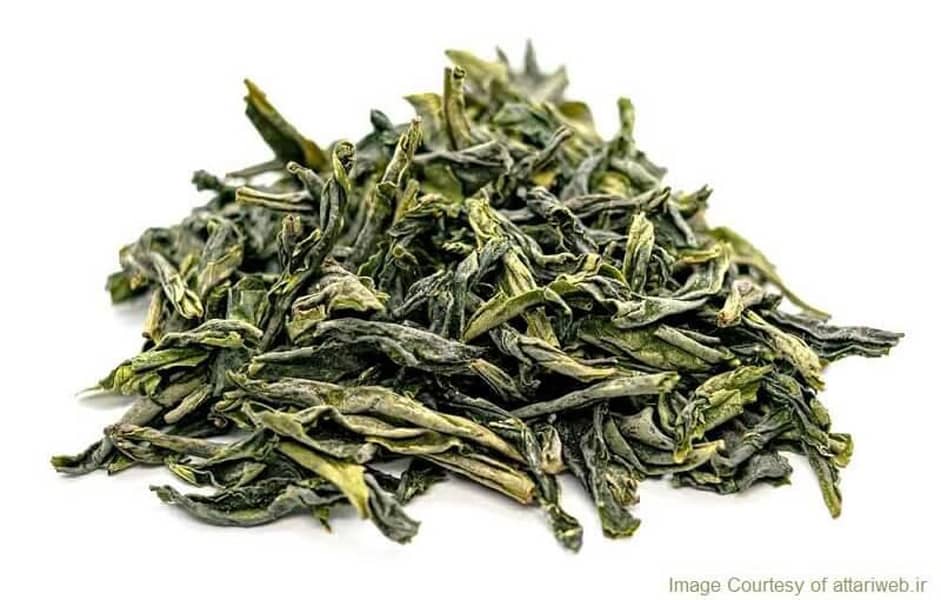
It is a plant from the Theaceae (tea) family native to India and Sri Lanka. In the 18th century, the first mayor of Tehran Kashef as-Saltaneh brought this herb to Iran and cultivated it in Lahijan. Among the features of the tea tree, we can mention green, leathery, and fragrant leaves with relatively large and aromatic white flowers.
- Medicinal effect: It is used to lower blood sugar and lower blood pressure.
Razianeh (Fennel)
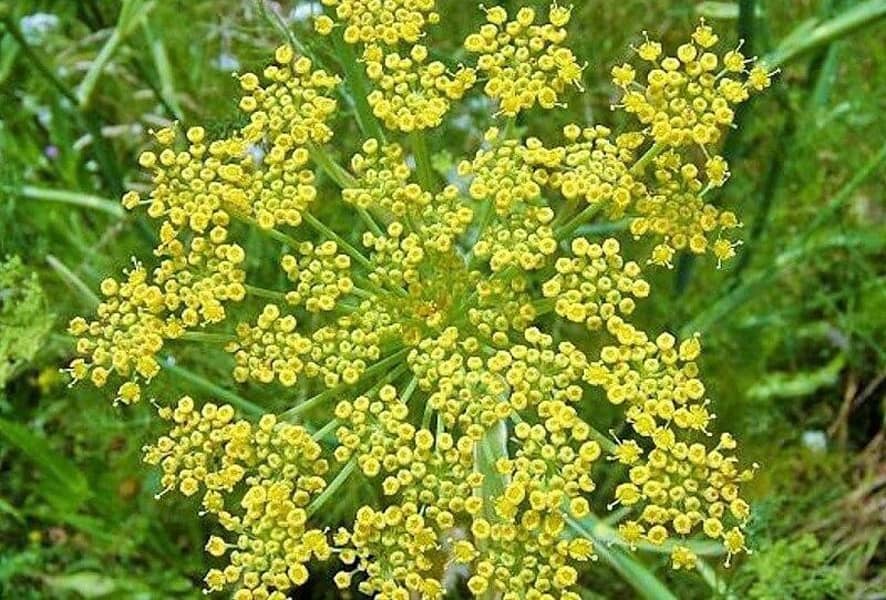
Razianeh or Fennel is one of the most common traditional Iran herbs and belongs to the Umbelliferae (Apiaceae) family. This herbaceous plant has intricate thread-shaped leaves with parallel lines throughout. The fruit of the fennel plant is cylinder-shaped with light green and yellow colors.
- Medicinal effect: It is used as an anti-bloating remedy and is one of Iran’s export items. The distilled extract obtained from the fruit of this plant is also used for the same purpose.
Zardchoobeh (Turmeric)
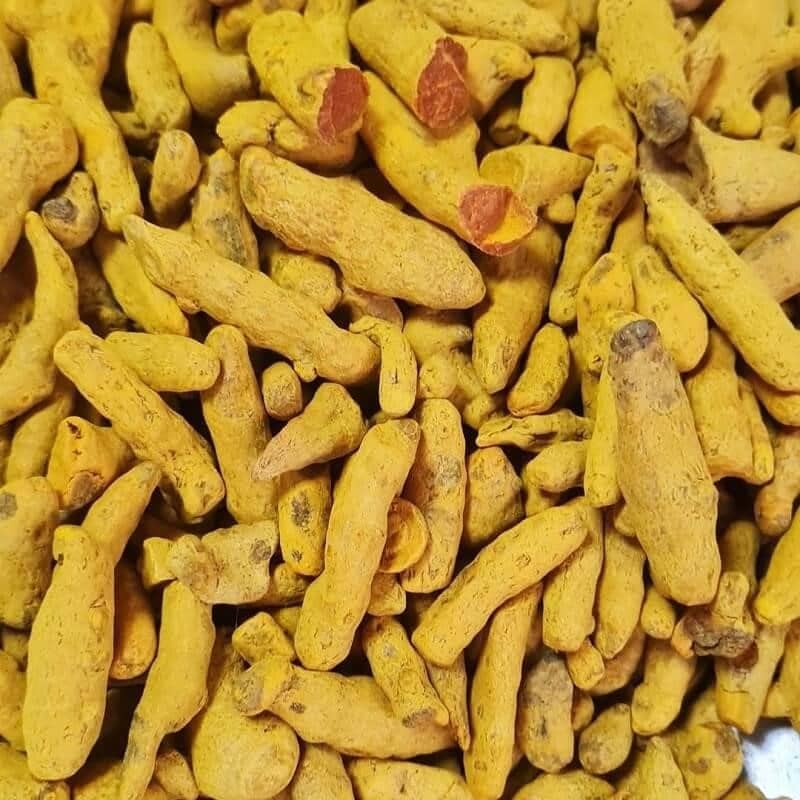
It is the yellow root of the turmeric plant, which has a smooth surface dents. These roots quickly return their yellow color to the water. Turmeric is a sub-species of the ginger family and has pink-red flowers. This plant is native to India and came to Iran from there. Turmeric is one of the widely used spices that gives a pleasant flavor to Iranian food.
- Medicinal effect: It is a powerful antioxidant and has many properties such as boosting the immunity system, boosting the digestive process, and eliminating liver issues.
Shirinbayan (Licorice)
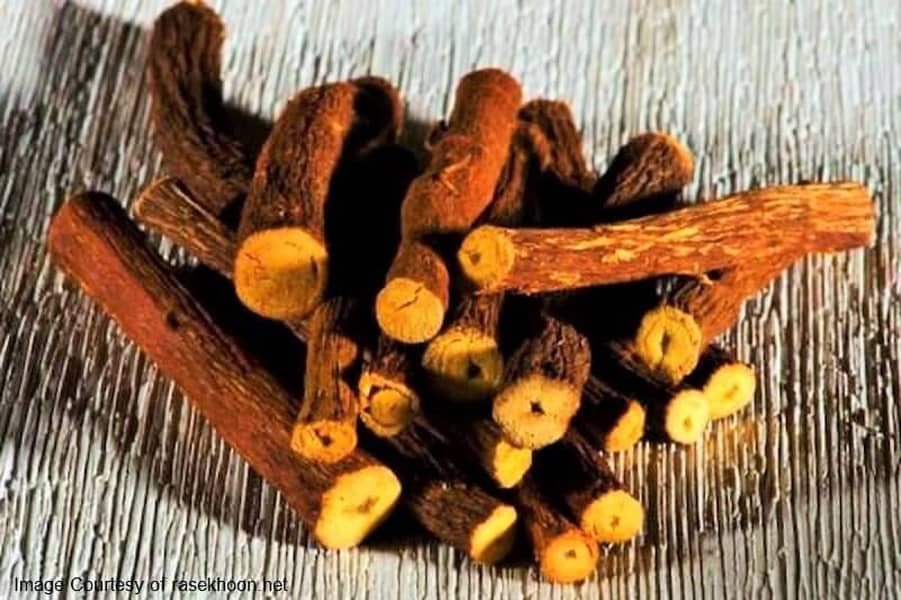
It is a thick root covered by a dark brown bark with irregular grooves. The inner part of the licorice root is golden yellow and has a very sweet taste. Licorice is an herbaceous and durable plant from the Fabaceae family.
One of the distinctive features of this plant is its numerous sticky leaves. Also, it has dark red bead-shaped fruits.
- Medicinal effect: This herb is used as an expectorant, for relieving digestive issues and improving blood pressure. In addition, its derivatives can be applied to the skin externally for anti-inflammatory and regenerative properties and in treating fractured and dislocated bones.
Annab (Jujube)
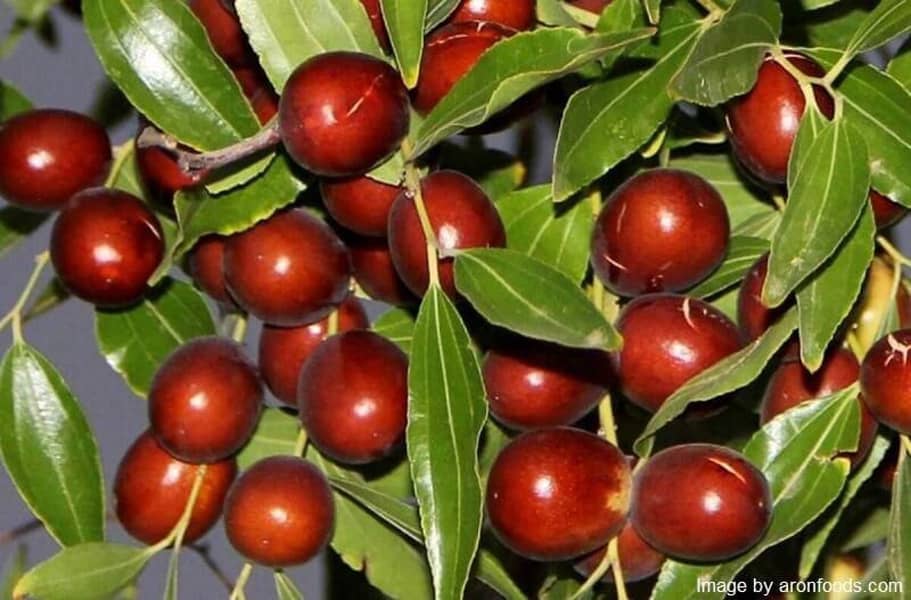
Jujube is none of the commonly known traditional Iran herbs with small and round Marron-colored fruits that get wrinkly when dried. The jujube tree is relatively tall and grows in the southern, northern, and central regions of Iran. Among the features of this tree are its flat oval leaves with three parallel leaf veins. The Jujube fruit has a sweet taste.
- Medicinal effect: Jujube is used as a cough medicine and controls blood pressure.
Gol-e Sorkh or Gol Mohammadi (Persian Rose)
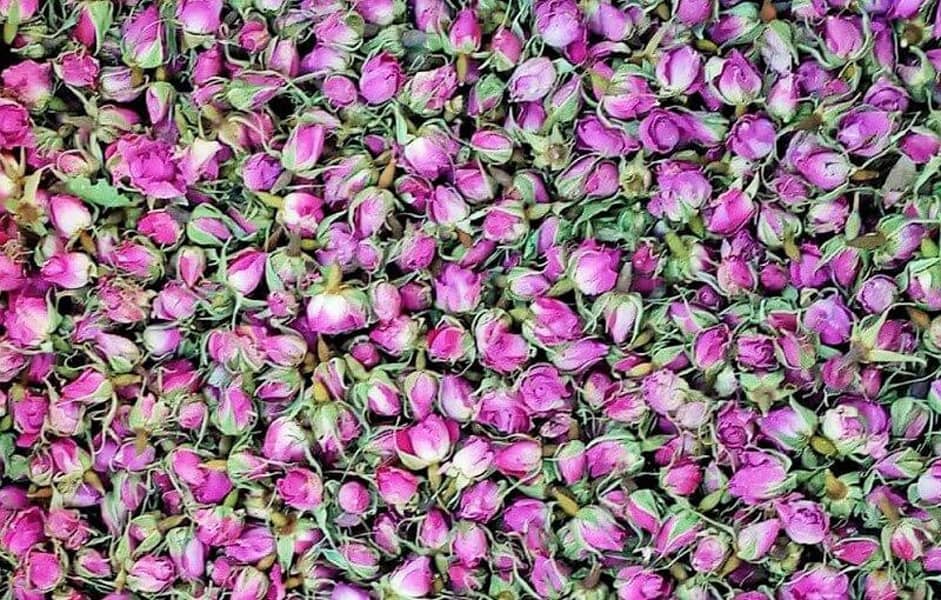
The Persian Rose bush has small hooks-like thorns and its flowers are bright pink. Rose is grown in the northwest, center, and south of the country.
- Medicinal effect: Persian roses are used to prepare rosewater in a traditional Rosewater Festival. Rose water is a widely used herbal extract and is useful for boosting cardiovascular (heart) function, stomach, liver, and the central nervous system. Also, it is considered a strong sedative. A type that has dark red flowers is used as an anti-diarrhea.
Gol-e Gav Zaban (Viper’s Buglosses)
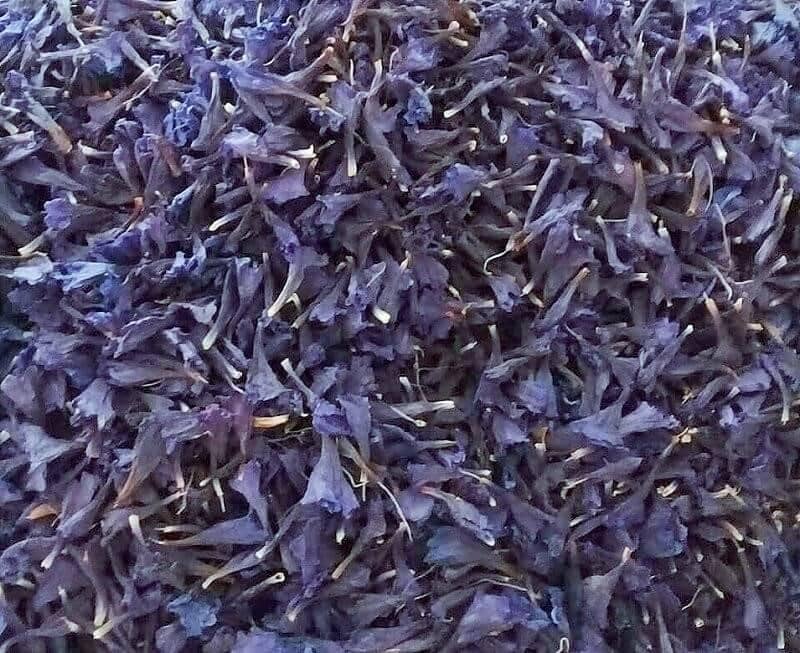
Gol Gav Zaban which is also known as Lasan al-Thor, has dark purple or red flowers. This flower has long tube-like leaves that are shaped like a trumpet towards the top. The flower is one of the most common traditional medicinal Iran herbs that grows in the north of Iran and it is a durable plant with straight leaves and large flowers.
A species of Gol-e Gav Zaban known as European Gol-e Gav Zaban or Borage has smaller blue flowers. This type of flower is native to Europe and should not be confused with the Iranian species.
- Medicinal effect: Gol-e Gav Zaban flower is used as a blood pressure booster and mild sedative.
Limoo Amani (Dried Lime)
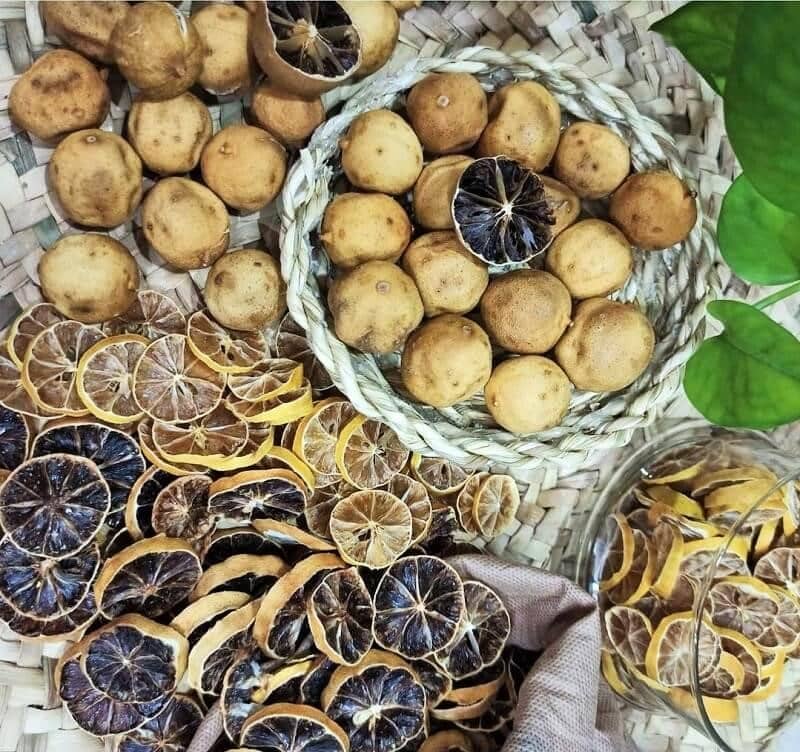
Limoo Amani is fully dried lime, usually the size of a walnut with thin and fragile skin that is pale yellow or brownish in color. The inside of this dry fruit is filled with dried membrane walls that have a sour taste. Limoo Amani contains several white seeds that can be easily extracted.
Lime tree has reddish-green leaves. The outer part of the flower petals of this tree is slightly pink. It is mostly planted in the Minab region in Hormozgan province.
- Medicinal effect: Limoo Amani is used as an appetizer in addition to the aroma and flavor it gives to food as a spice. The seeds of this fruit are also used to cure intestinal parasites.
Maryam Goli (Common Sage)
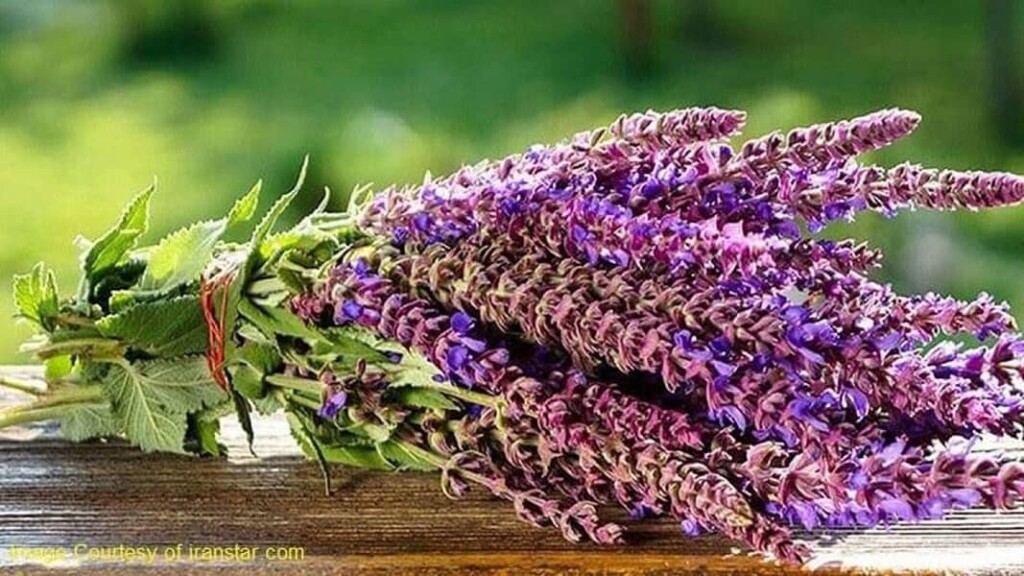
Sage is one of the most common traditional medicinal herbs that belong to the mint family. It was originally brought from the humid regions of Europe. This plant has been cultivated in parts of northern Iran in recent years. The common sage is a leafy plant with blue flowers and large aromatic sepals. This plant seems to have a silver shine due to its fluffy surface.
- Medicinal effect: Maryam Goli or Sage was traditionally used as a sedative and anti-bloating remedy, and to control blood sugar.
Learn More About Traditional Medicinal Iran Herbs
In the past, medicinal herbs were commonly used to treat various diseases. Today, with the use of chemical drugs that are often a combination of several medicinal extracts, they are not directly utilized anymore. We cannot ignore the unique effects of medicinal herbs and their miraculous results. You can find common traditional herbs throughout Iran.
If you are planning to visit Iran, we suggest Iran tour packages for a start. During the trip, it is useful to identify traditional herbs native to each region. Destination Iran invites you to get to know traditional medicinal Iran herbs better by exploring traditional tourist destinations.






